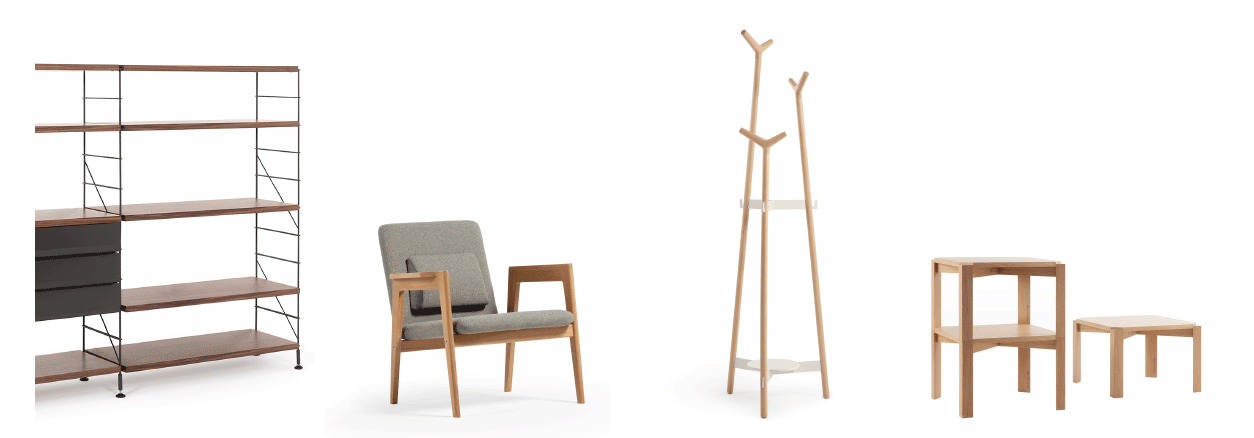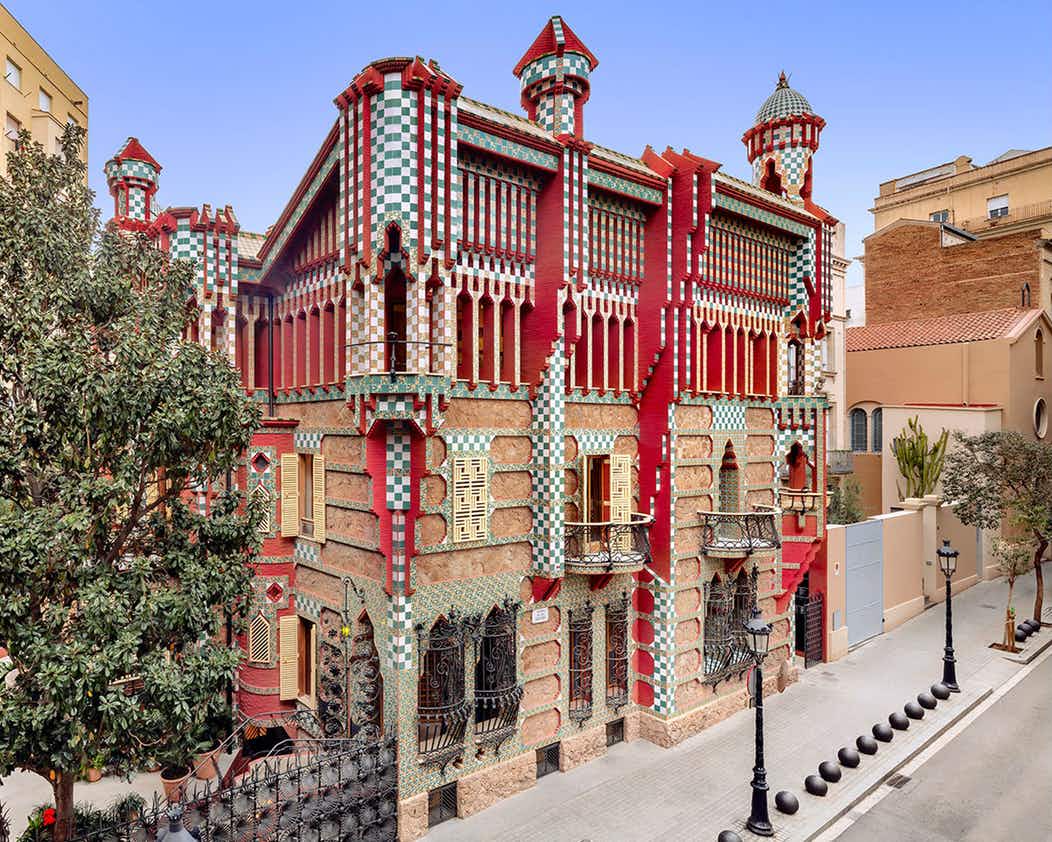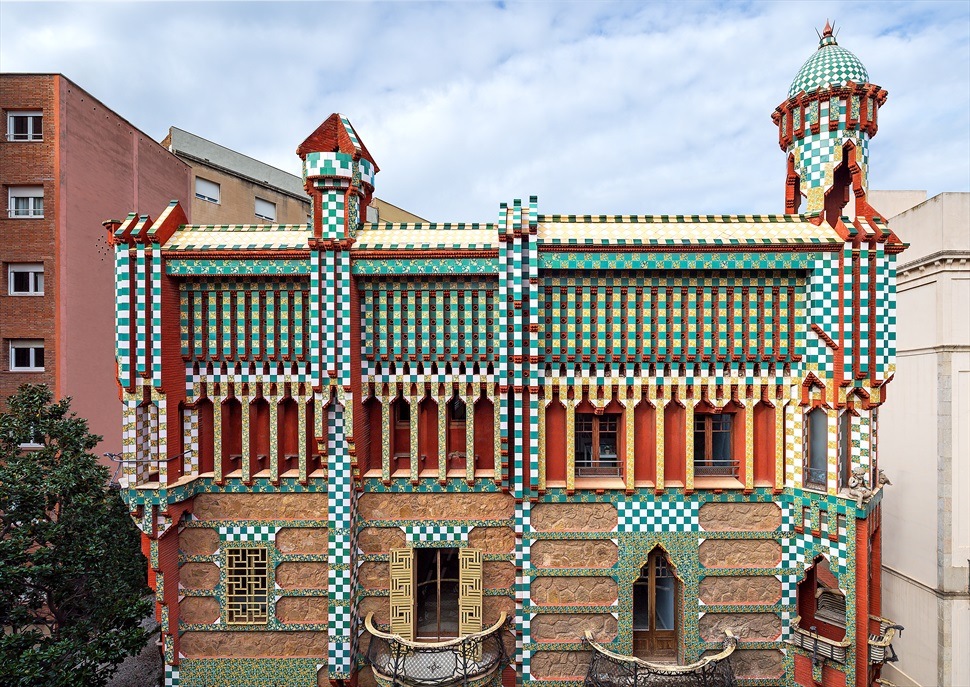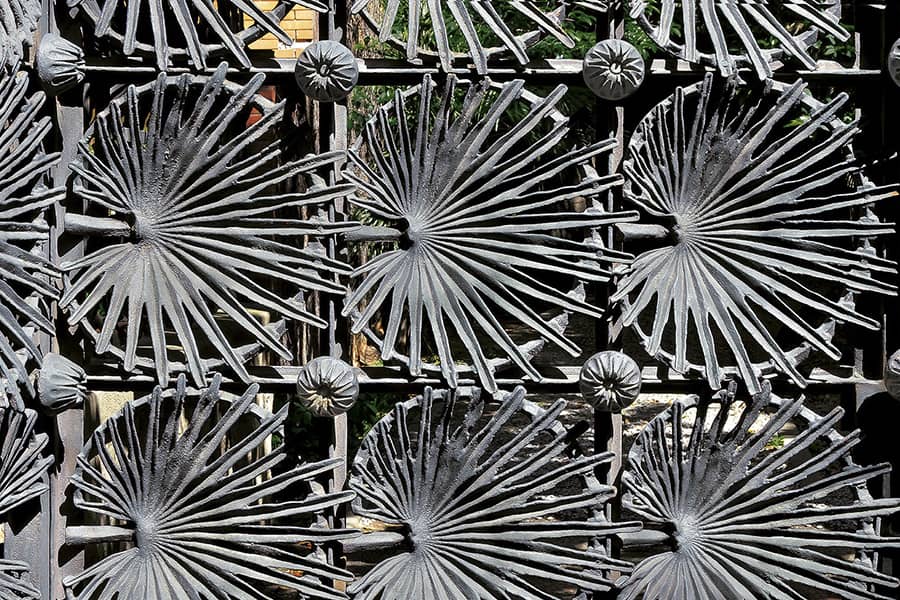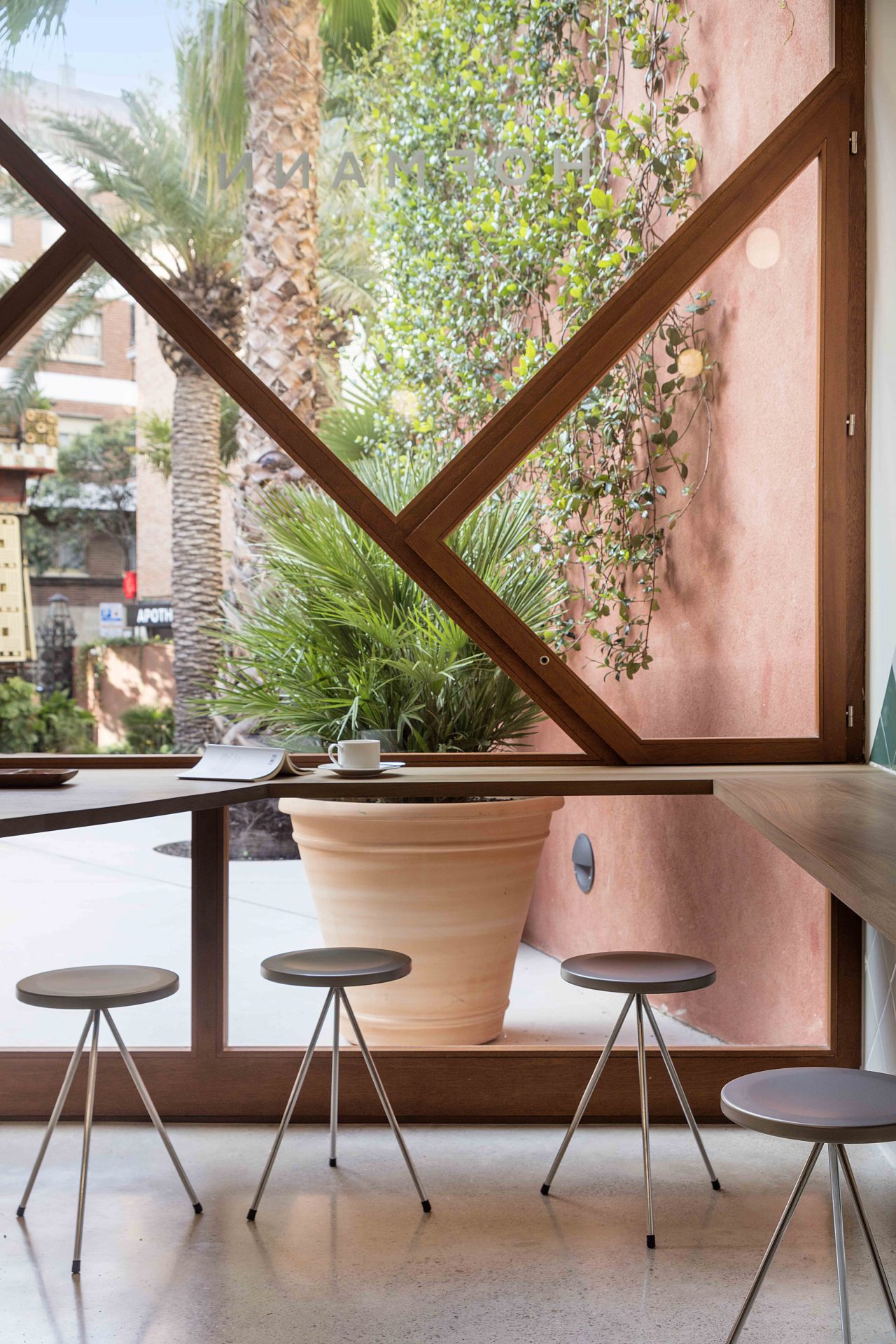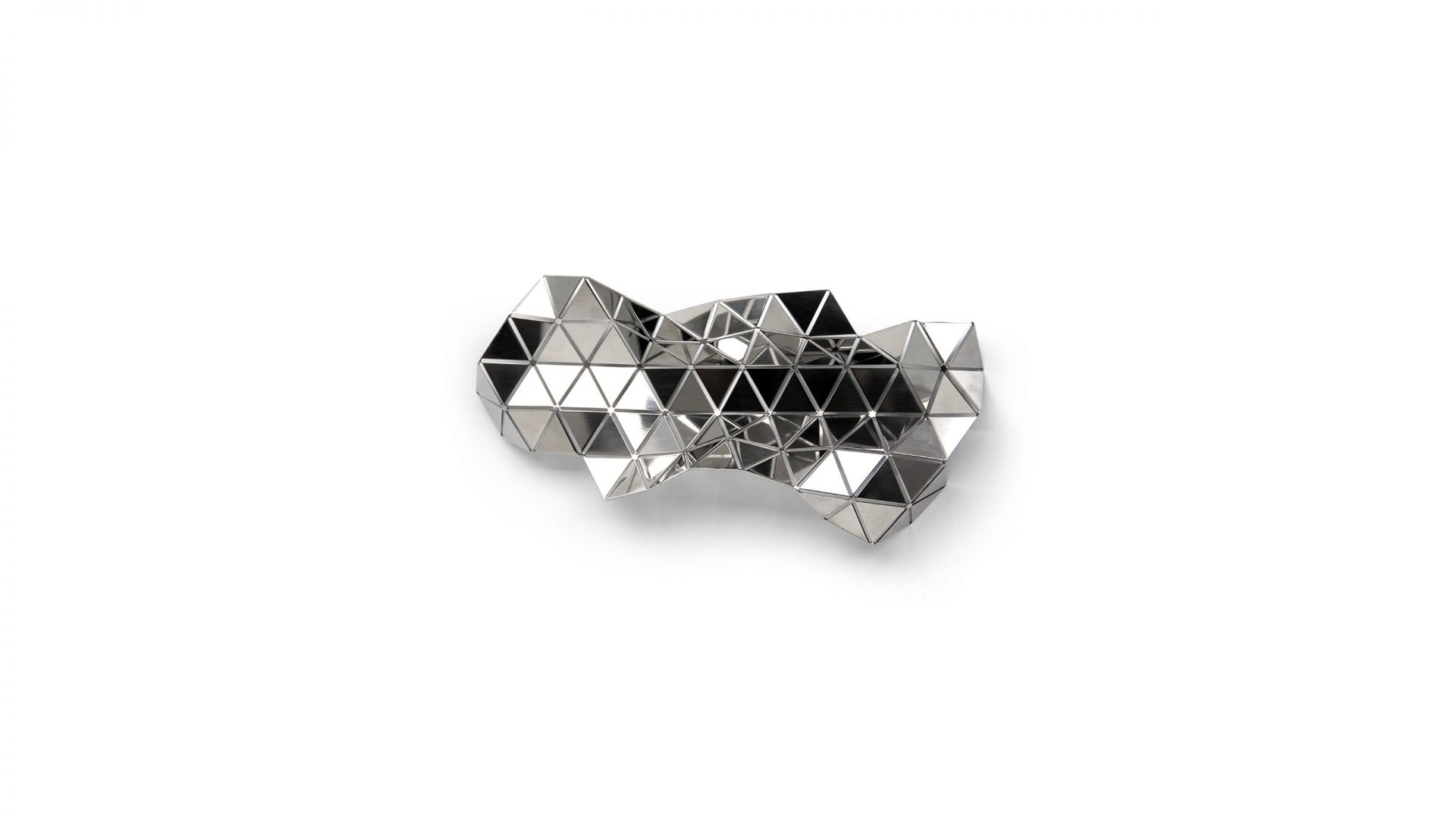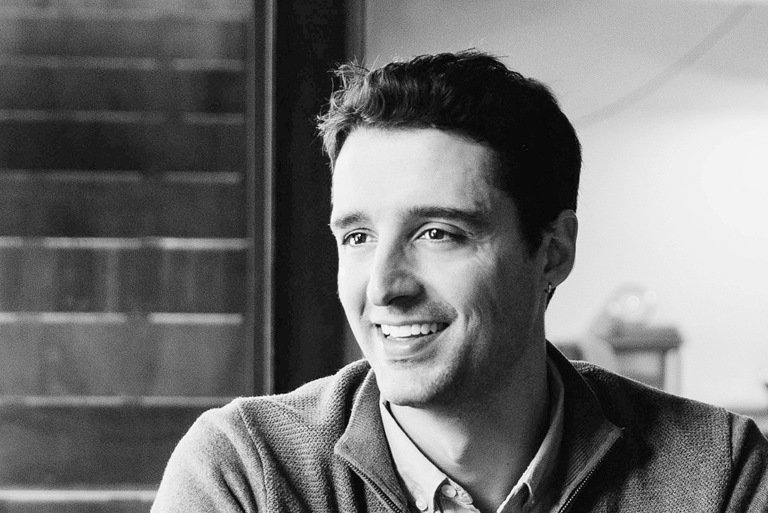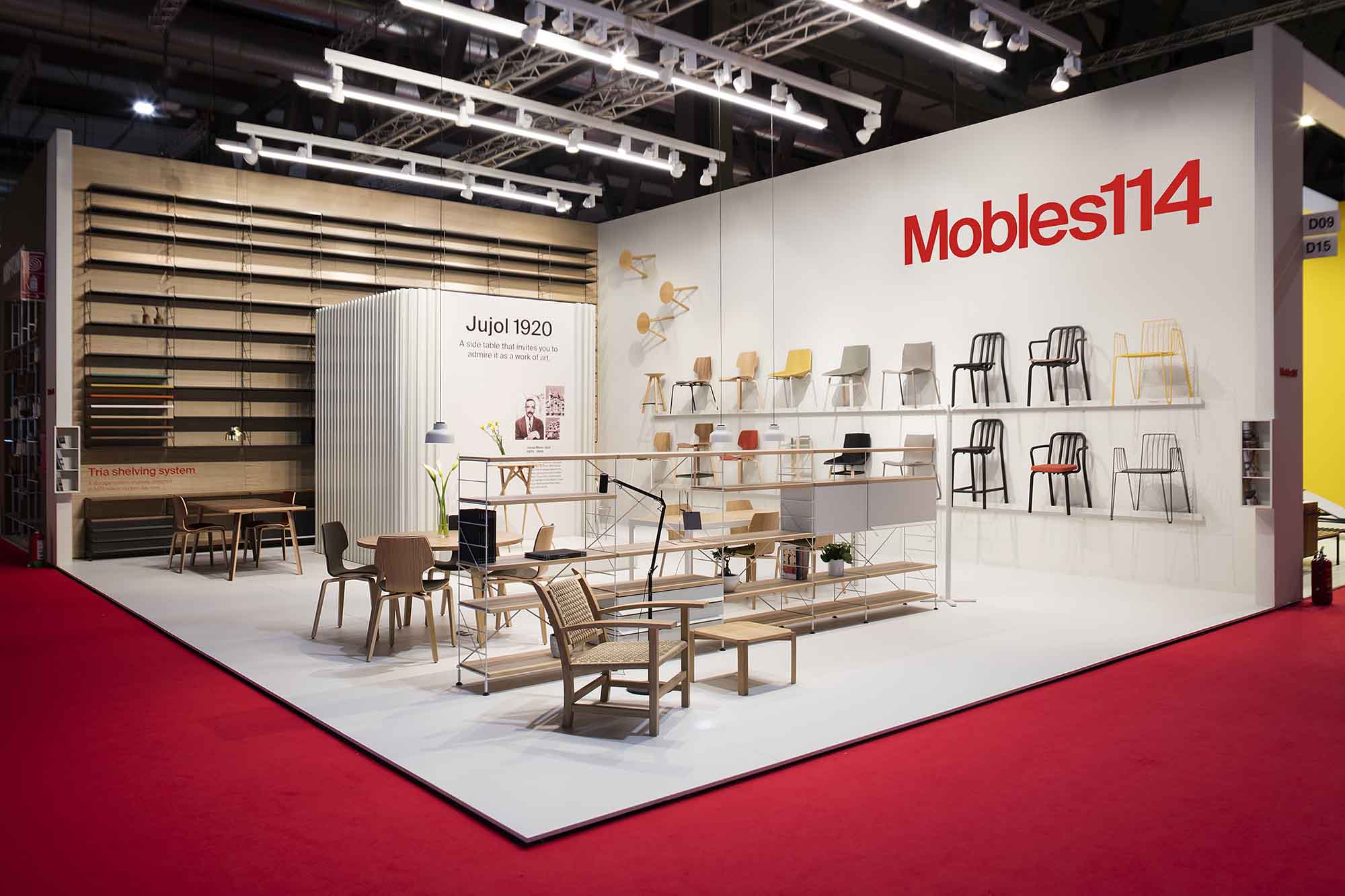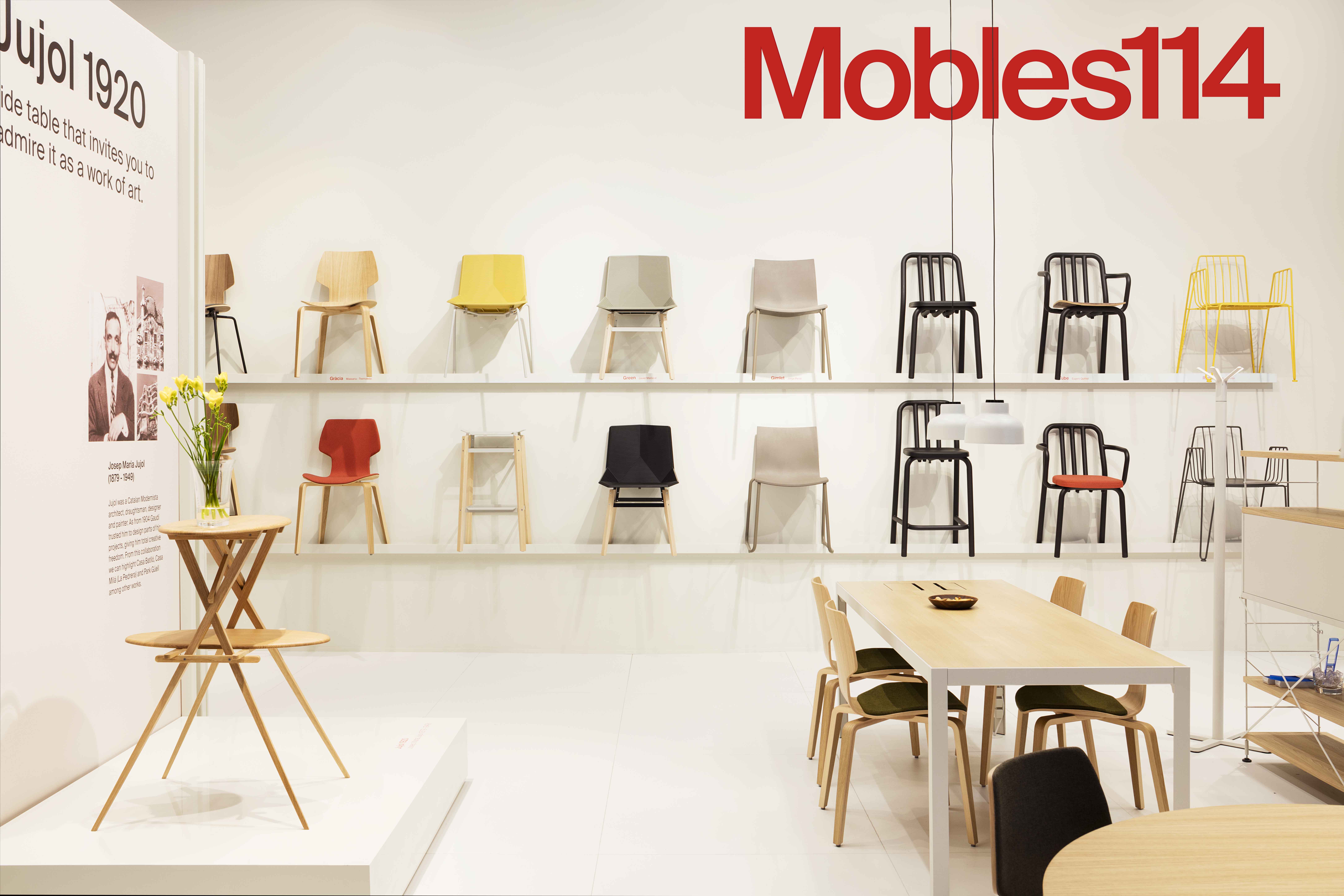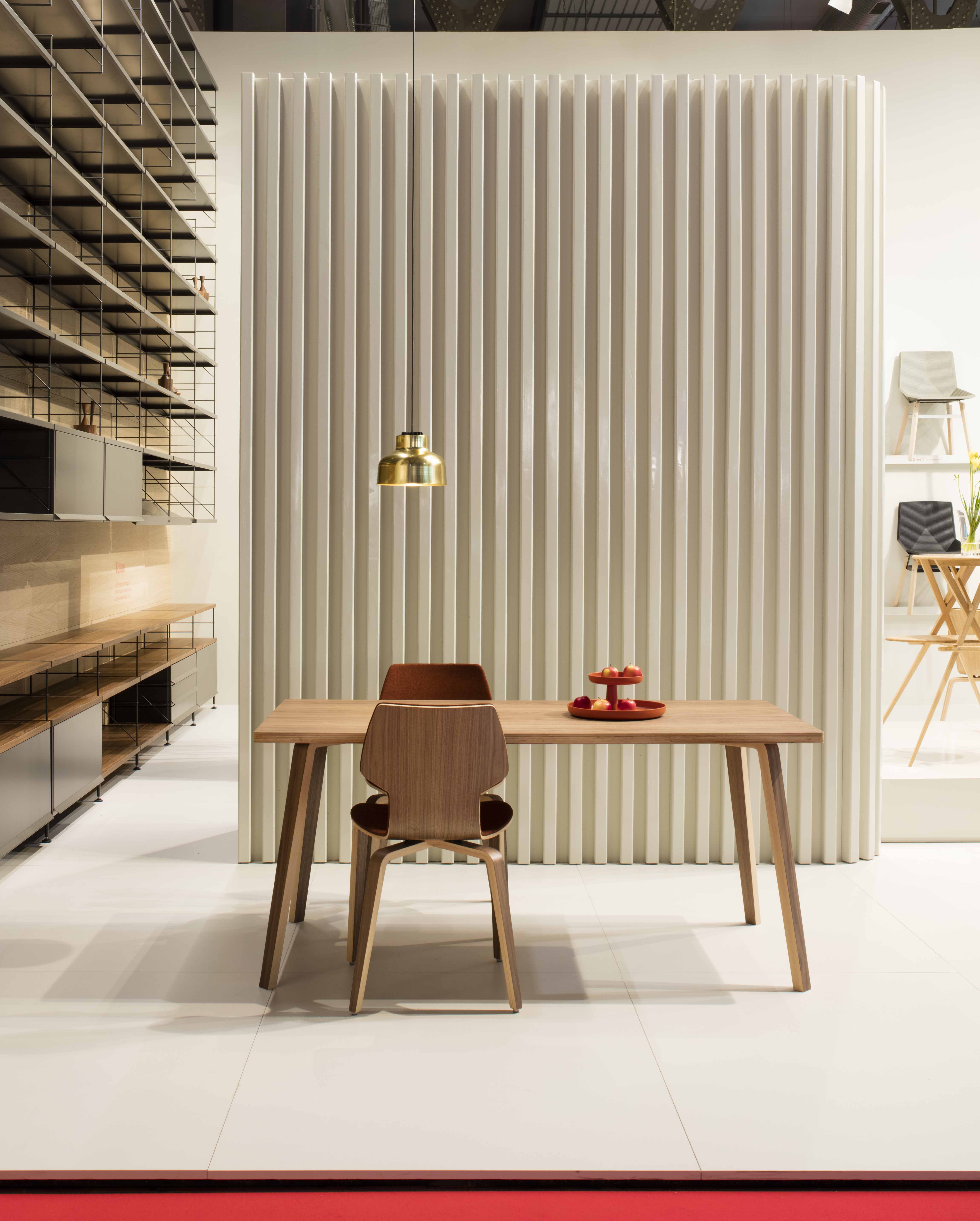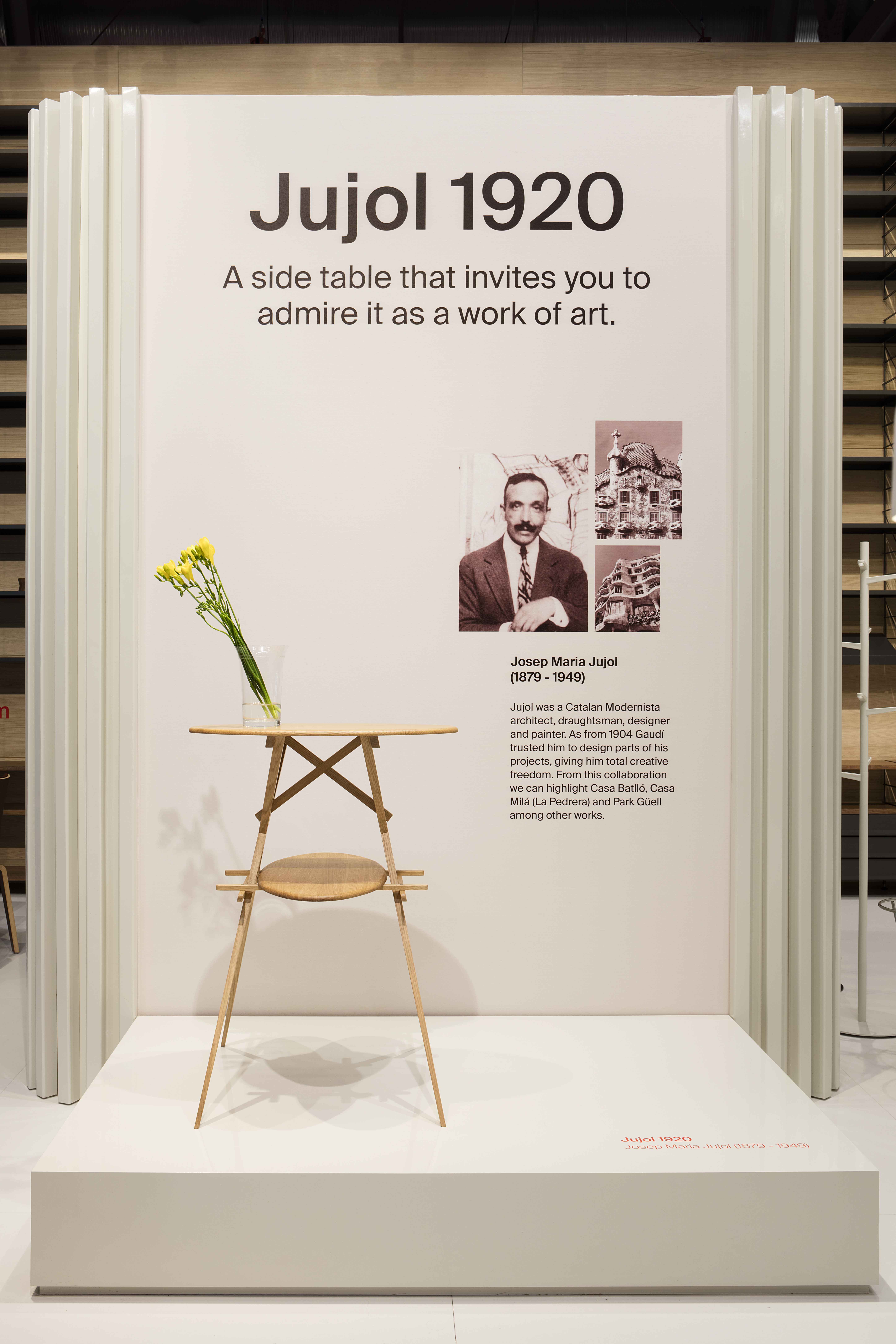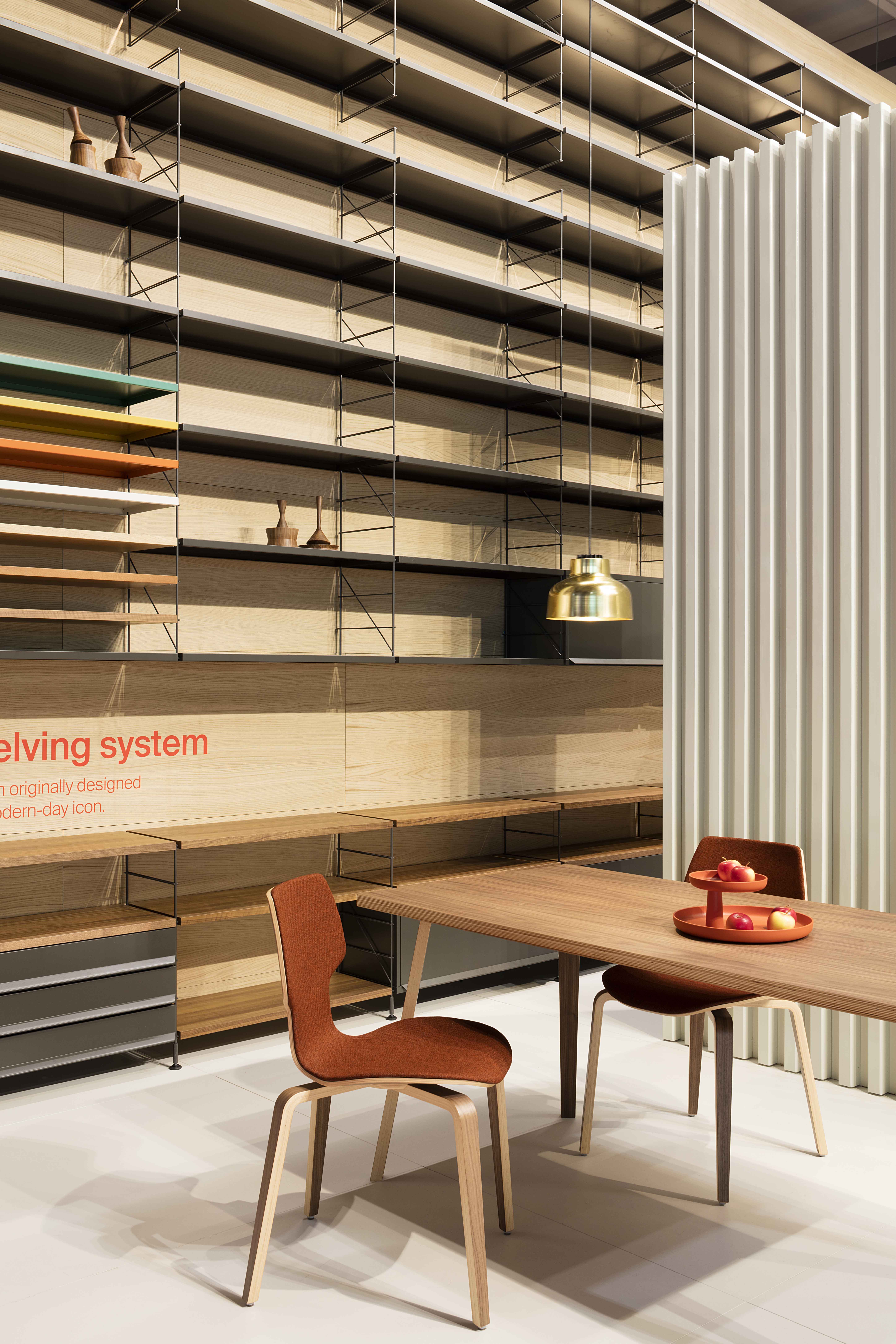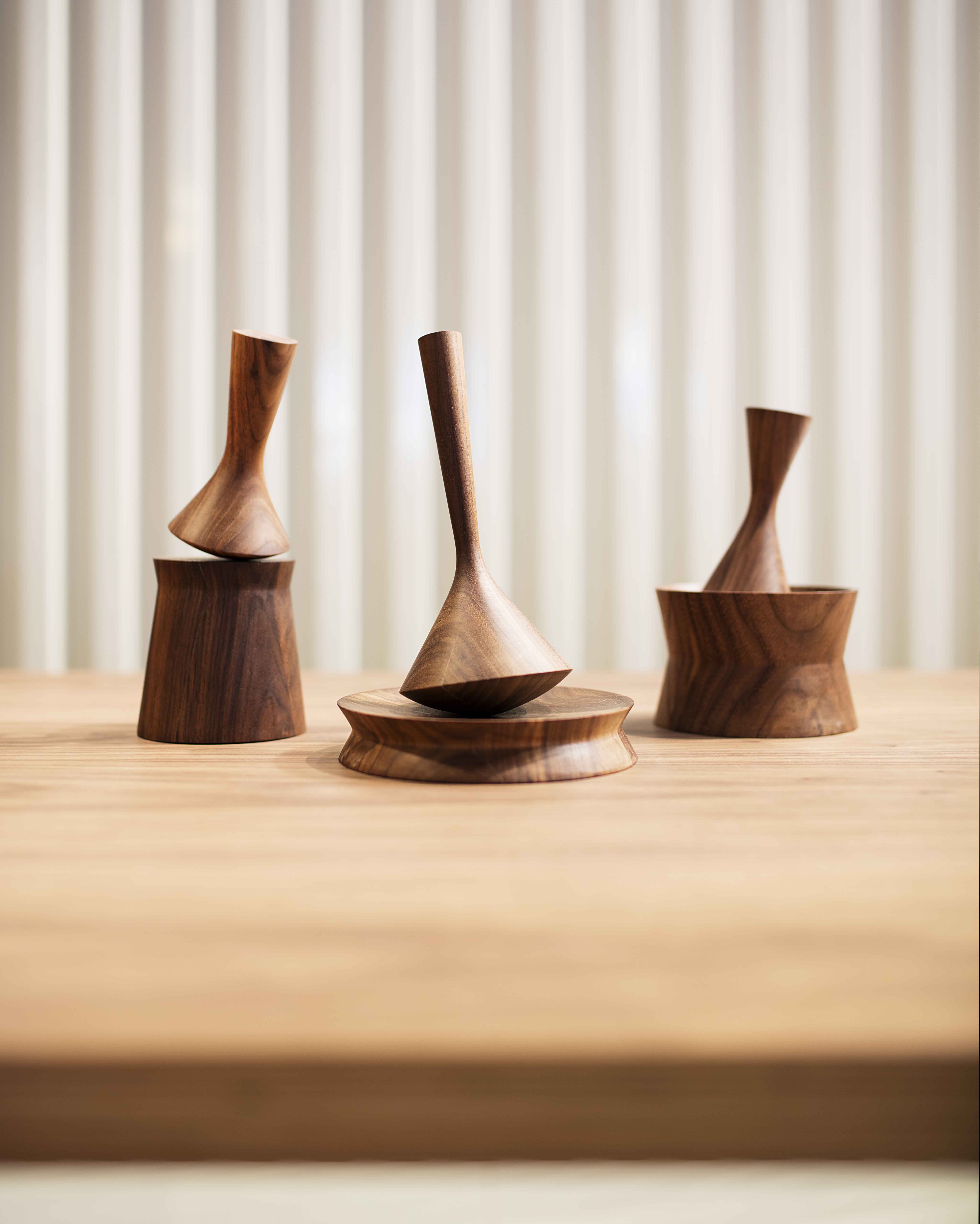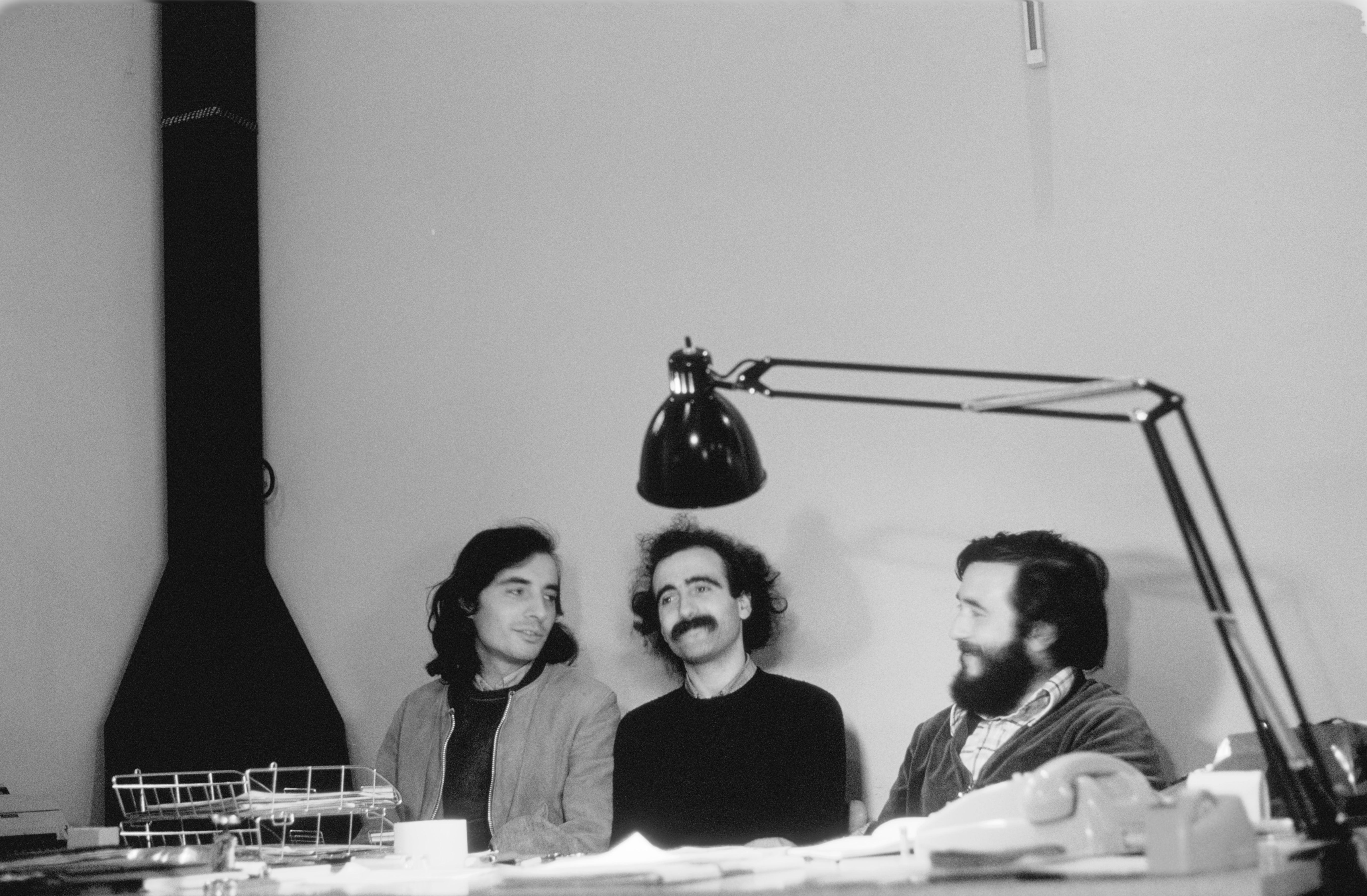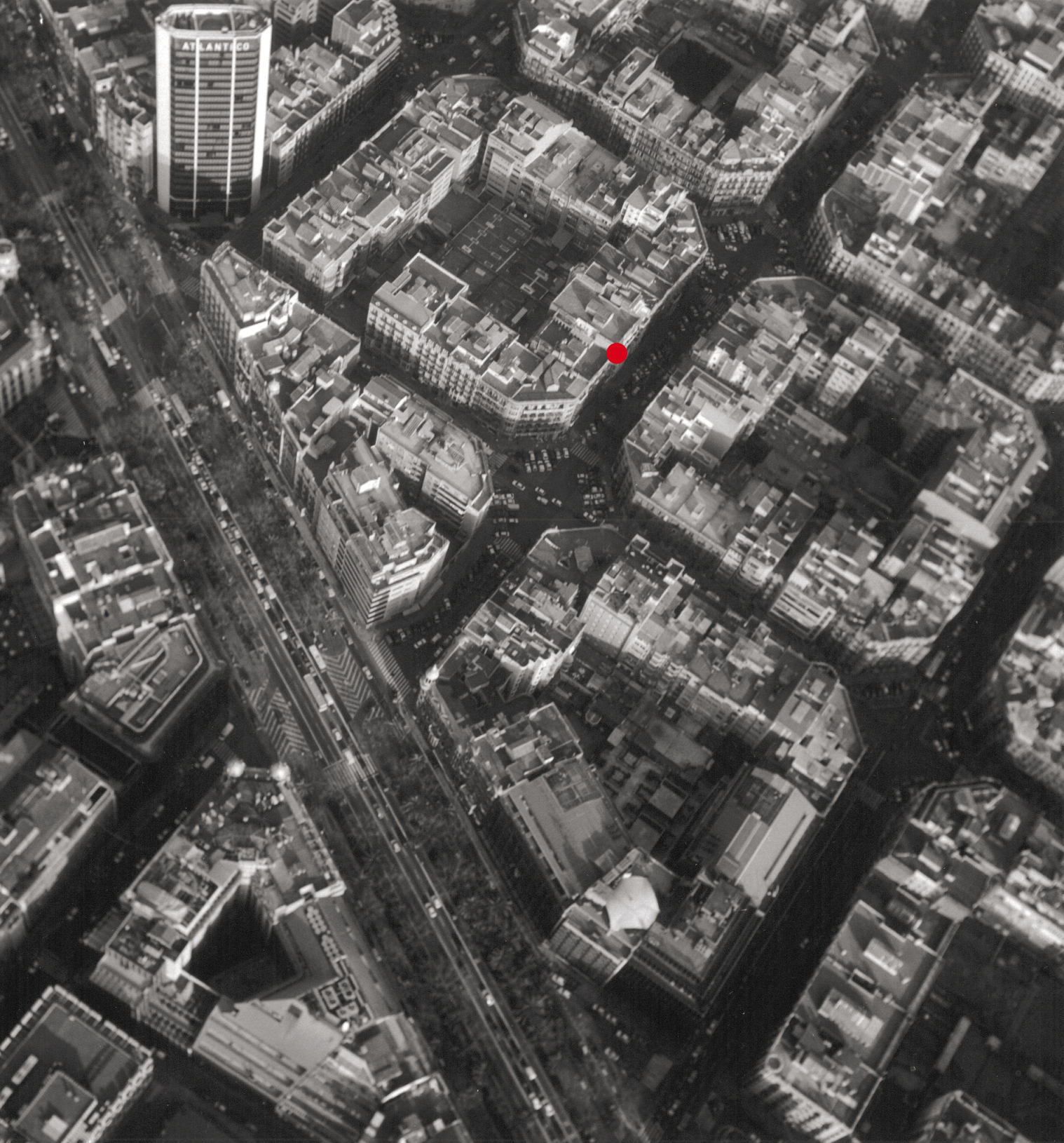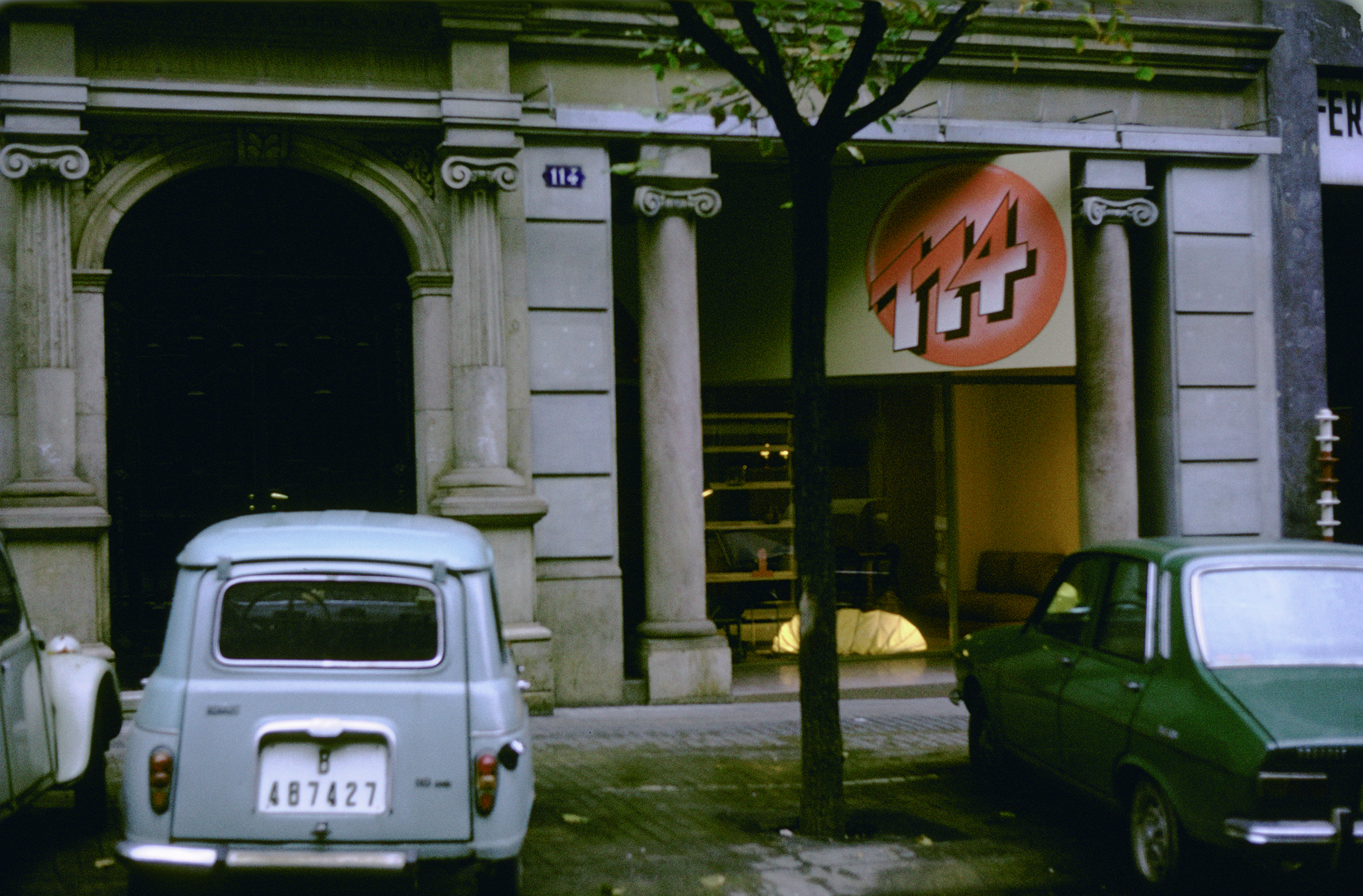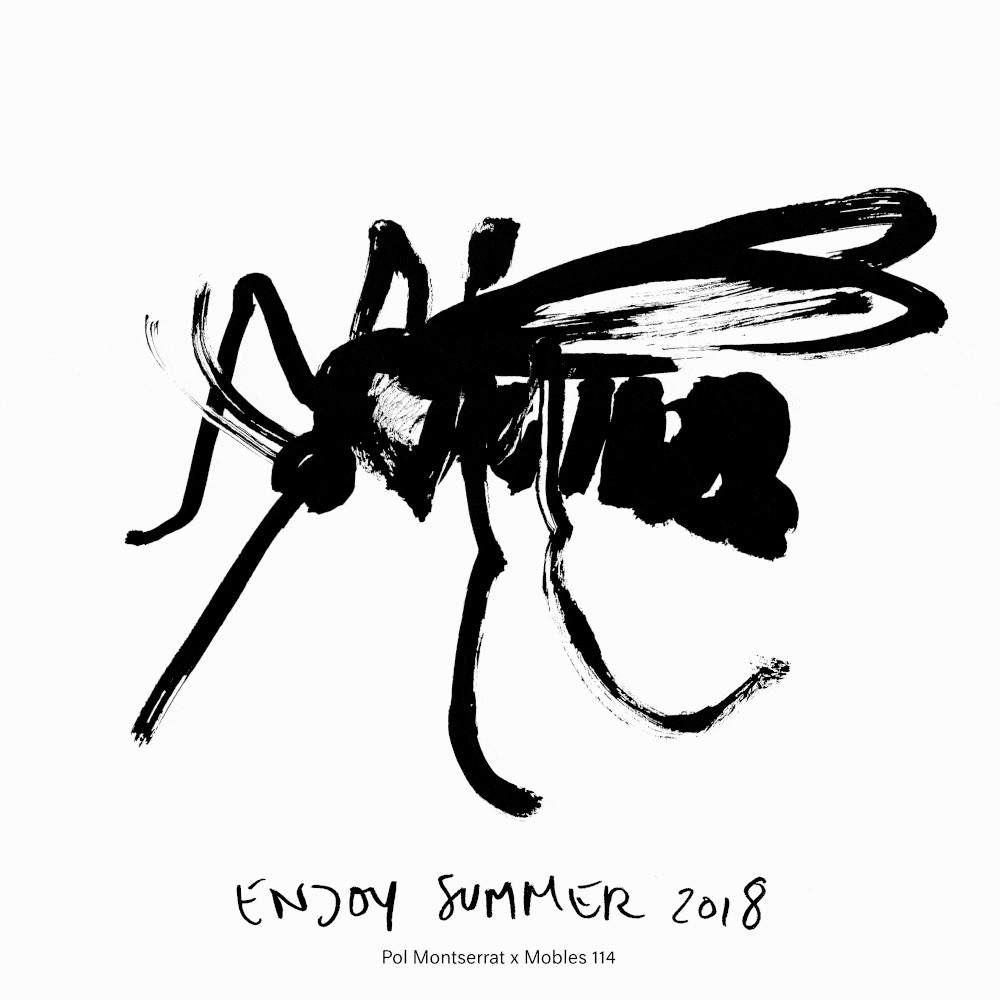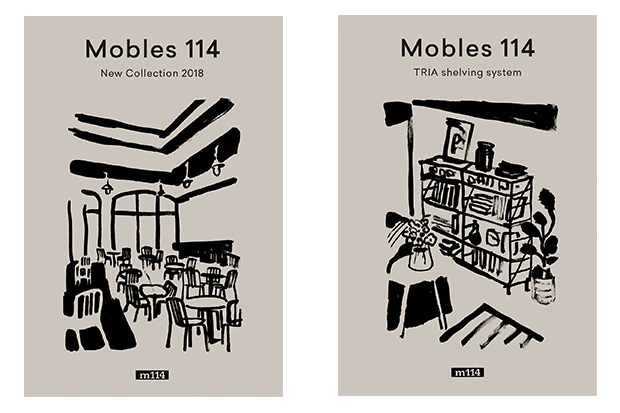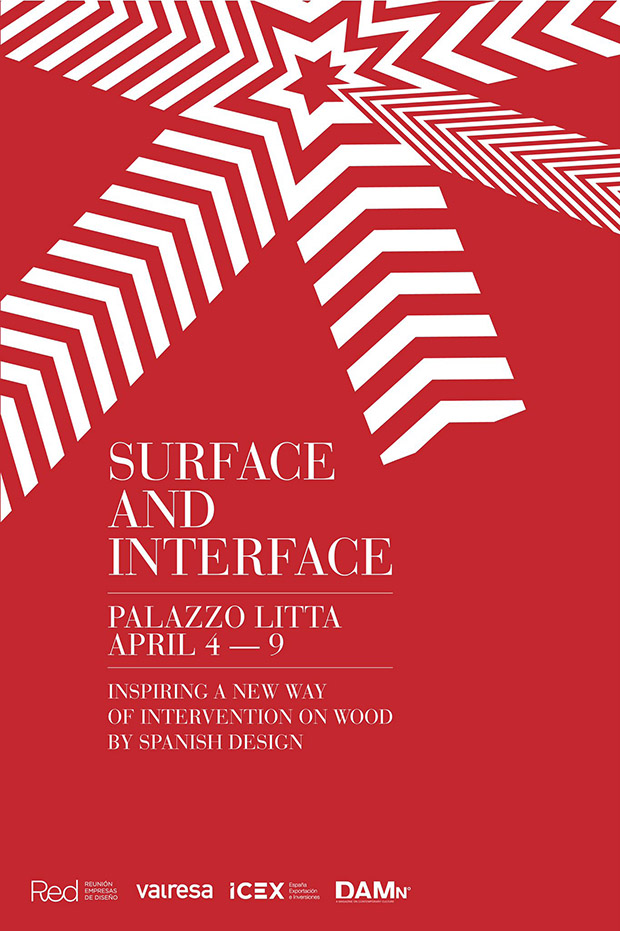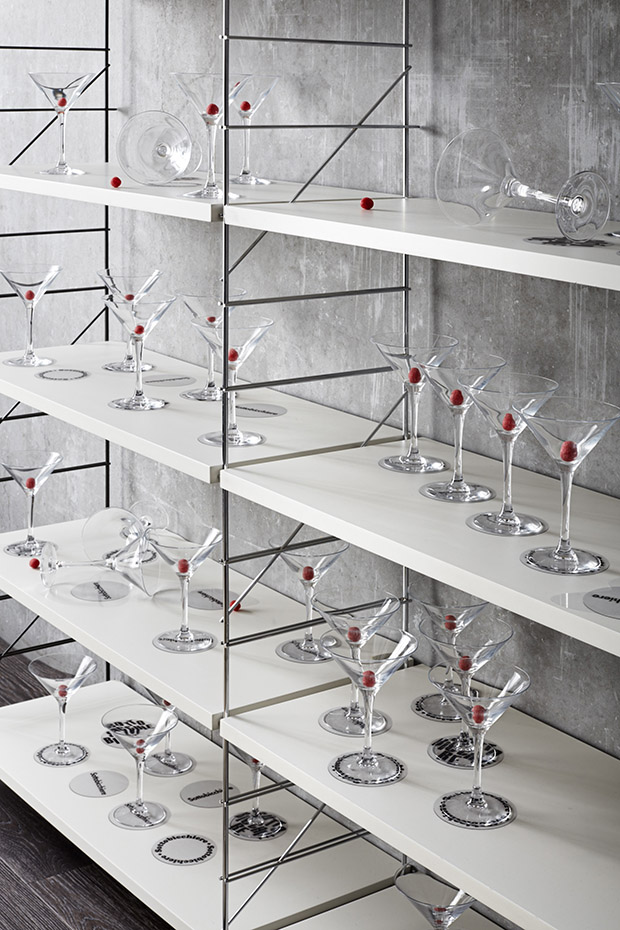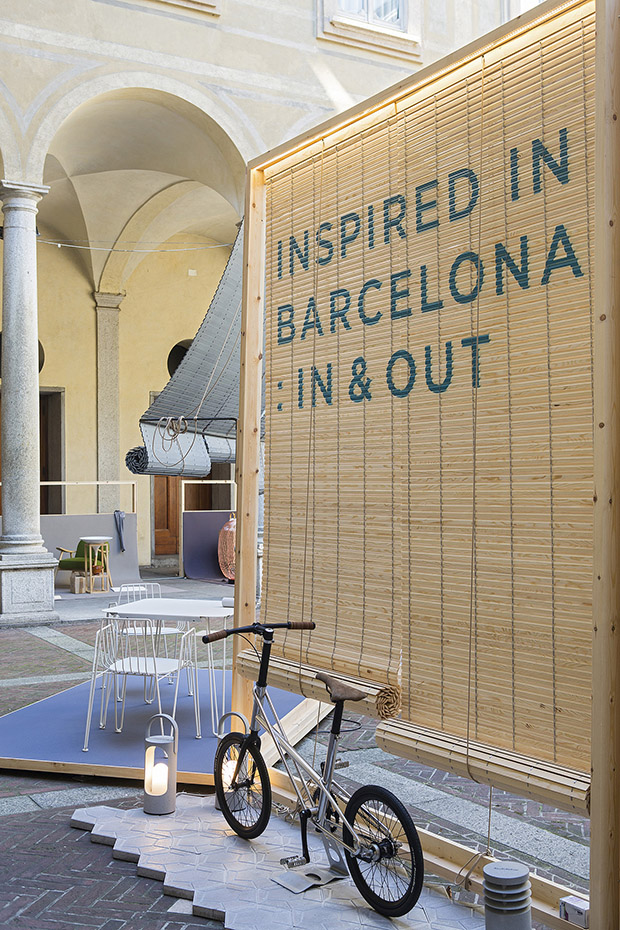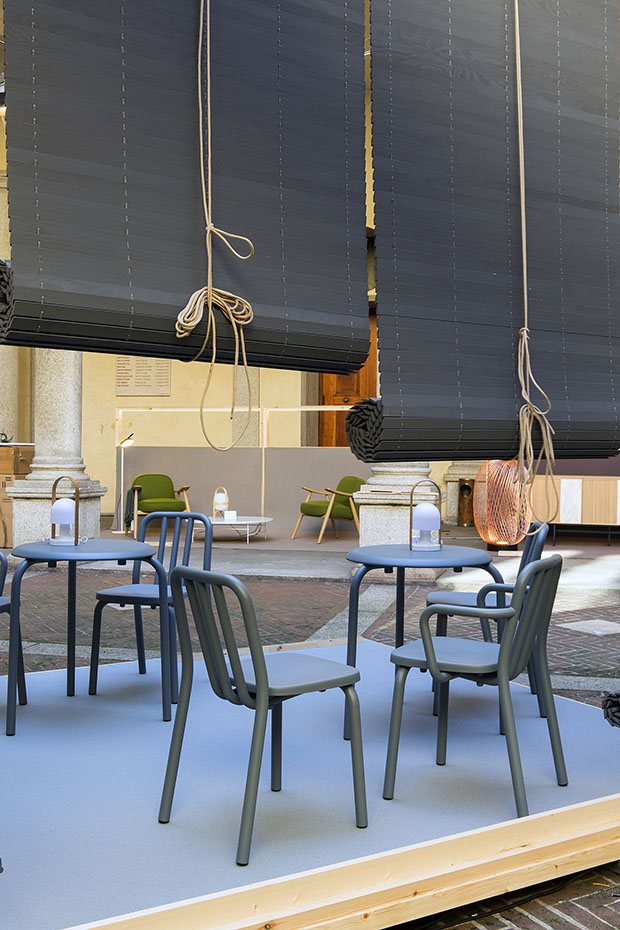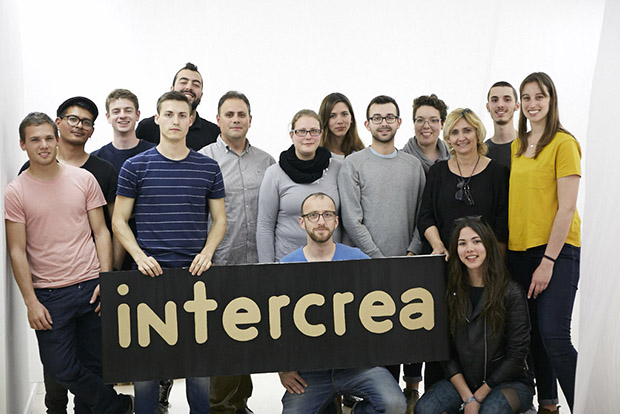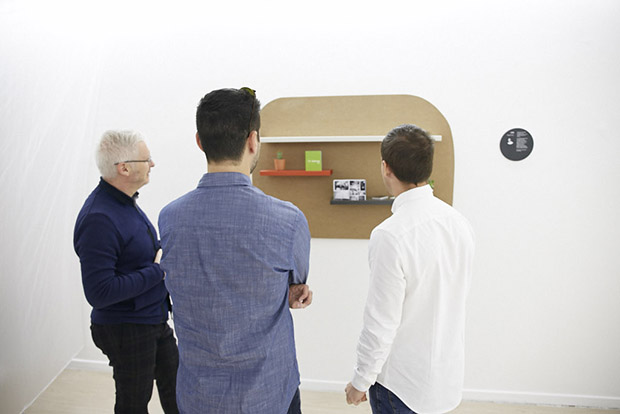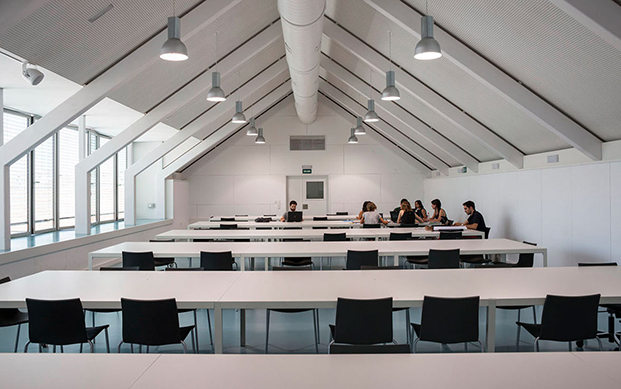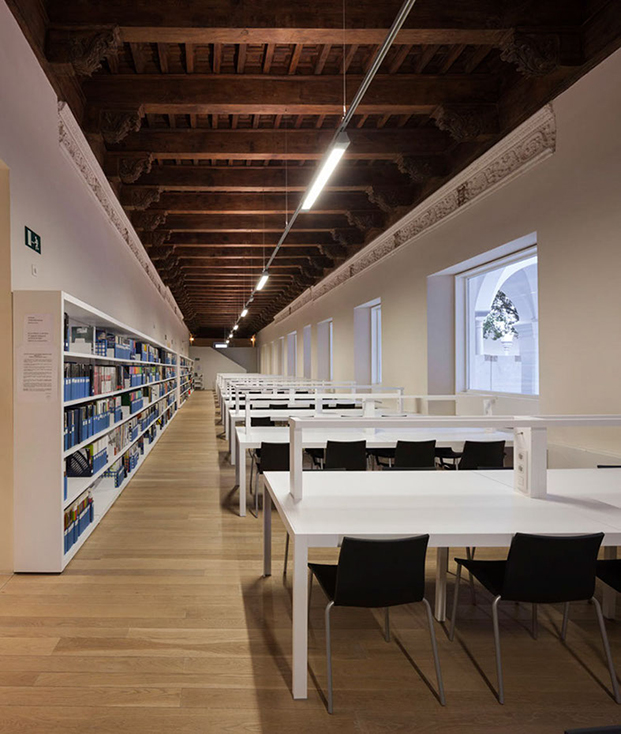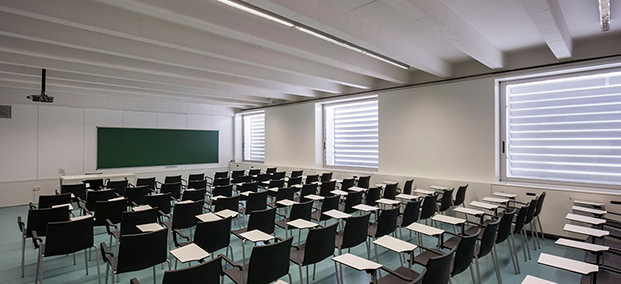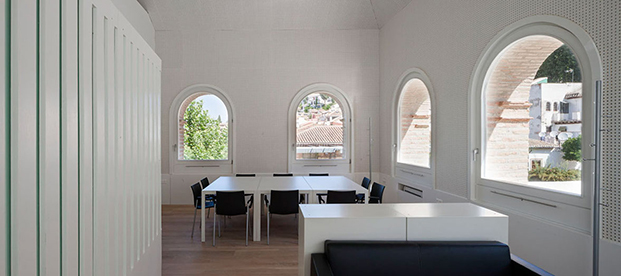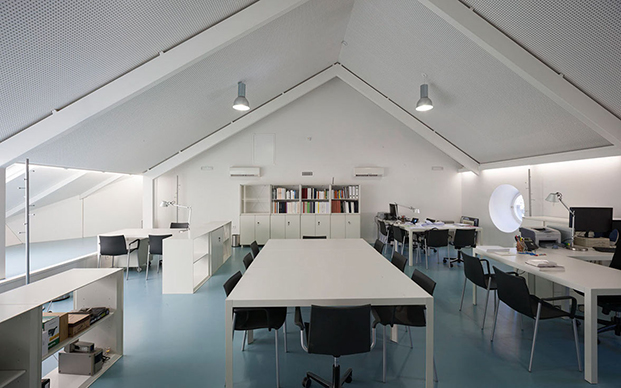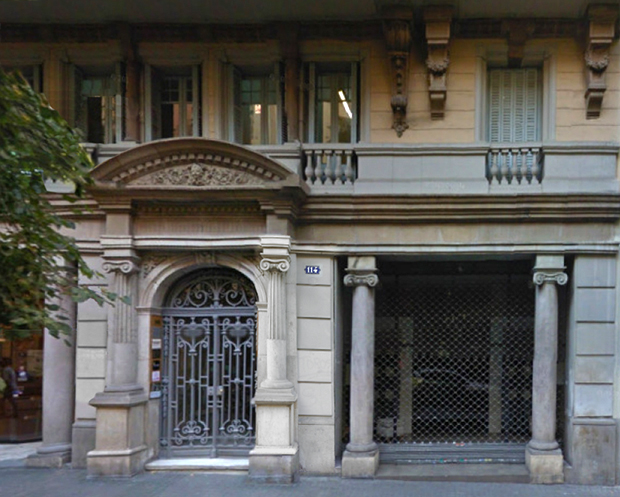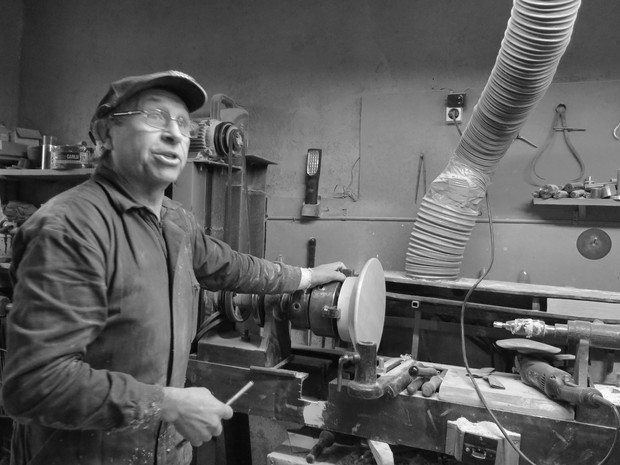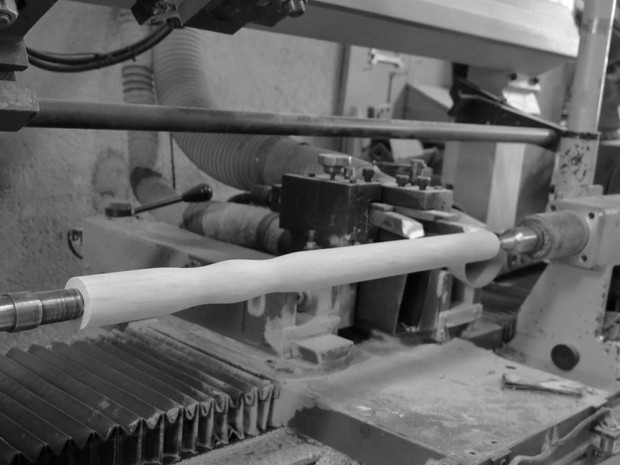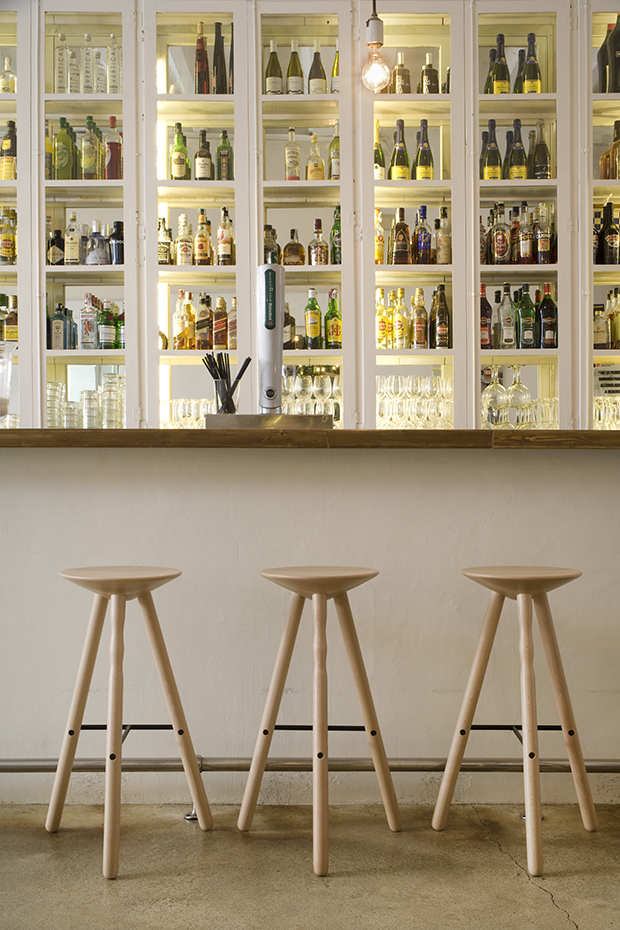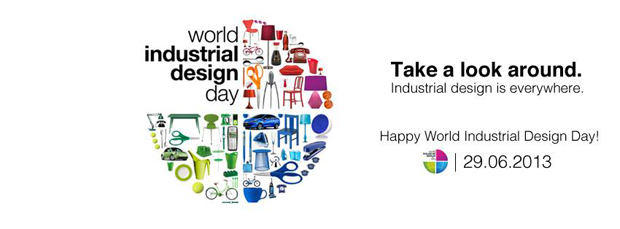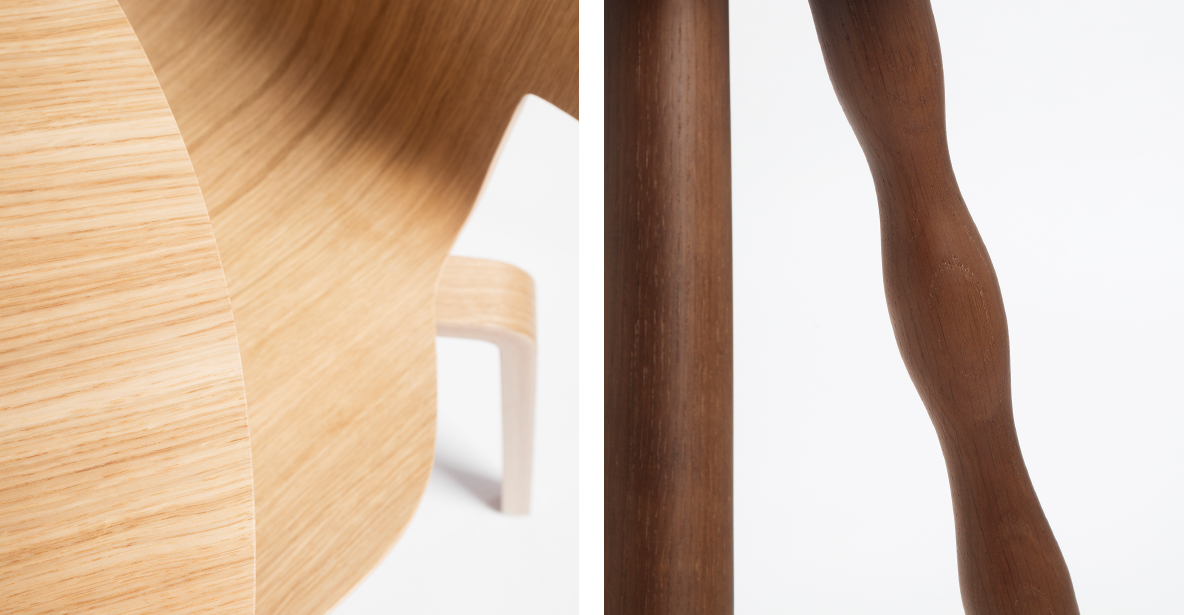
What do we consider when selecting our finishes and colors?
At Mobles 114, when it comes to our color palette, we always aim at selecting colors that merge together in our designs. We prefer subtle, calm tones that are not overly saturated and have a gentle brightness, ensuring a modern and timeless design that fits into any environment. These qualities prevent color fatigue in your home, contributing to the comfort that comes from enduring items, reflecting our commitment to sustainable design. This thoughtful color combination ensures our clients satisfaction with our designs over time, enhancing the well-being of their spaces.
Choosing Woods
When it comes to woods, the situation is a bit different. Being natural materials, woods tend to complement each other. For instance, in a forest, various tree species coexist with diverse trunk and leaf shades while maintaining harmony. Nature does not require a choice.
However, in a forest, we don’t see the wood’s interior as we do in furniture. Just as different tree types can coexist harmoniously in a forest, various wood tones can blend naturally and unobtrusively in a home.
In our production, we use woods like oak, ash, walnut, and beech, always selecting the finest planks to ensure the highest quality. These woods allow us to create furniture for residential and office projects with a natural and elegant finish, providing a sense of balance and well-being, in line with the tradition of functional and elegant design.
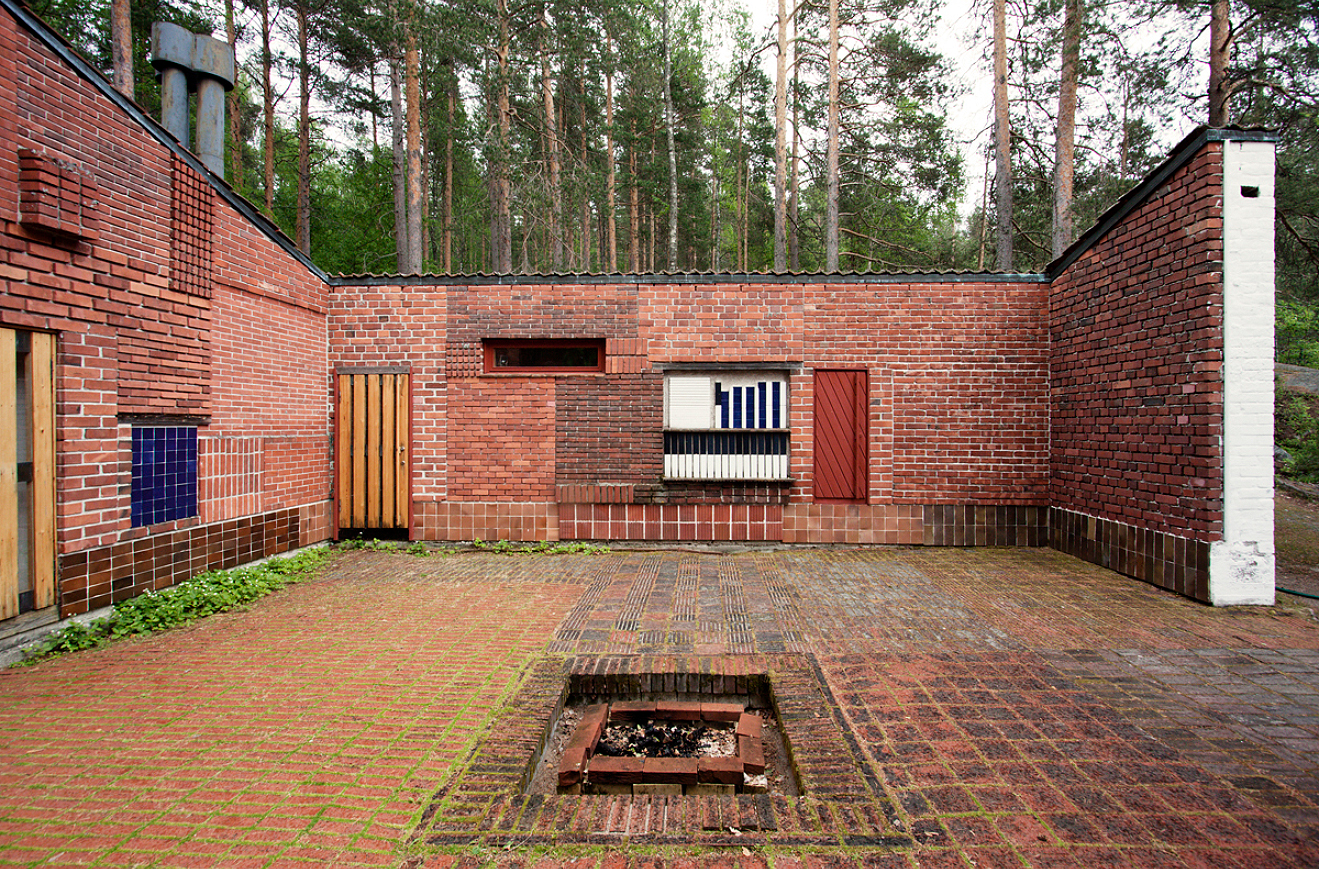
Examples of Harmony in Design
A parallel may be drawn with the different bricks that make up the facade of Alvar Aalto’s Muuratsalo house. Although made from the same material, they come in different shades, creating, we believe, an undeniable harmony.
In our contemporary furniture we apply a similar principle: a careful combination of materials and tones to maintain balance in each piece.
Our Experience with Woods and Materials
At Mobles 114, we have extensive experience working with a variety of woods: oak, beech, walnut, cedar, maple, bubinga, cherry, iroko, ash… We have produced chairs, coat racks, armchairs, tables, and shelves. We always select the best planks from each tree. We do the same when choosing veneers: we pick those with the best figure and tone, to offer you a collection of the highest quality.
